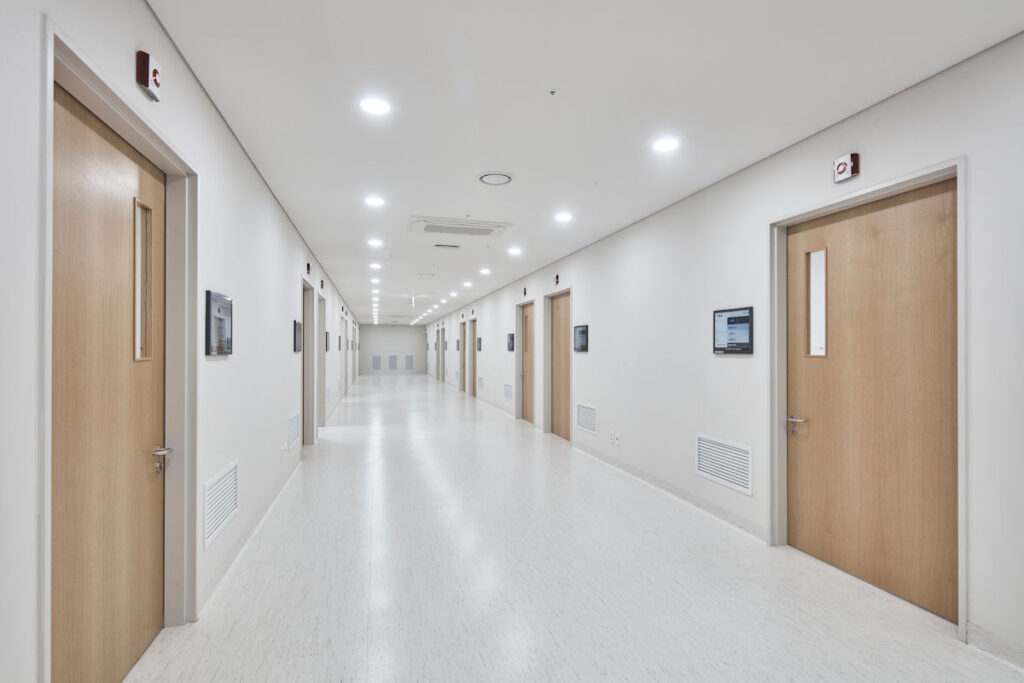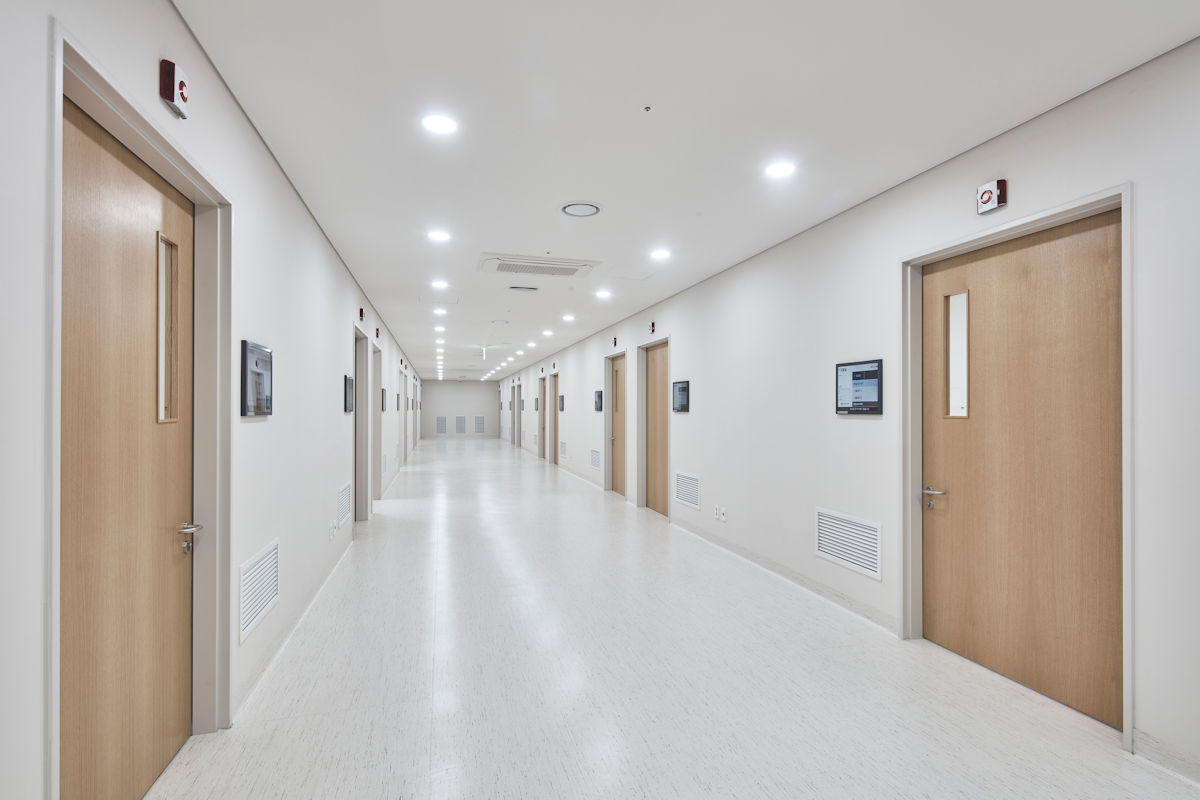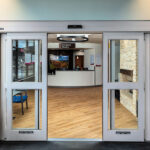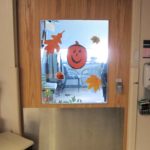 I recently received this Quick Question from a locksmith at a university medical center:
I recently received this Quick Question from a locksmith at a university medical center:
On patient room doors in a hospital, is it code-compliant to install traditional classroom function locksets which allow free egress from the room?
Although traditional classroom function locksets are no longer recommended for classroom doors in schools, they do have their place. This function would allow hospital staff to lock a patient room door using a key, and would always allow free egress. My gut feeling was “yes” – this would be permitted by the model codes, but it turns out that this question is specifically answered in both the NFPA codes and the I-Codes.
In NFPA 101, the answer is found in both the new and existing health care chapters:
18.2.2.2.2/19.2.2.2 Locks shall not be permitted on patient sleeping room doors, unless otherwise permitted by one of the following:
(1) Key-locking devices that restrict access to the room from the corridor and that are operable only by staff from the corridor side shall be permitted, provided that such devices do not restrict egress from the room.
(2) Locks complying with 18.2.2.2.5 shall be permitted.
The NFPA 101 Handbook states that staff can unlock the doors with keys that they keep readily available, and isolation rooms are one example of the type of room that might be locked. However, some health care facilities are now locking the patient rooms to deter theft. Whatever the reason for locking the room, the doors must typically allow free egress from the inside without the use of a key, tool, special knowledge, or effort (read on for exceptions).
The International Building Code (IBC) addresses this issue in the special detailed requirements for Group I-2:
407.4.1.1 Locking devices. Locking devices that restrict access to a care recipient’s room from the corridor and that are operable only by staff from the corridor side shall not restrict the means of egress from the care recipient’s room.
Exceptions:
1. This section shall not apply to rooms in psychiatric treatment and similar care areas.
2. Locking arrangements in accordance with Section 1010.2.14.
The IBC Commentary reiterates that egress from the room must not be restricted, and that it is expected that the staff will have access from the corridor side, via key or “other opening device.” For behavioral health facilities or other areas where patients require containment for their safety or security, both sets of model codes allow controlled egress locks if certain criteria are met. In most facilities the controlled egress locks are electrified, but in some cases the model codes allow mechanical locks that prevent egress.
You need to login or register to bookmark/favorite this content.










Interesting.
Seems like there might at certain times, be a delay getting into a room???
I wonder normal hospital rooms, not mental, that lock doors,,,, how many keys are available on the floor???
And with the nurse station in the middle, there seem to be alot of rooms spread out on the floor?
Maybe in a hospital, only certain floors might use the lock option??
Most of the time, the doors are in the open position.
Great article
Hi Charles –
If the locks are traditional classroom function, only someone with a key can lock the door. So I hear you on a potential delay in accessing the room, but theoretically the door would only be locked when the room is not occupied. Someone can exit at any time, and locking the outside lever is controlled by staff. The patient can not lock the door.
– Lori
Hi there , I am interested to know the exactly or closest sizes for a doors in a facility care for senior ?
I am little concerned about the correct size , it will be very nice to get some answer . Very appreciated in advance.